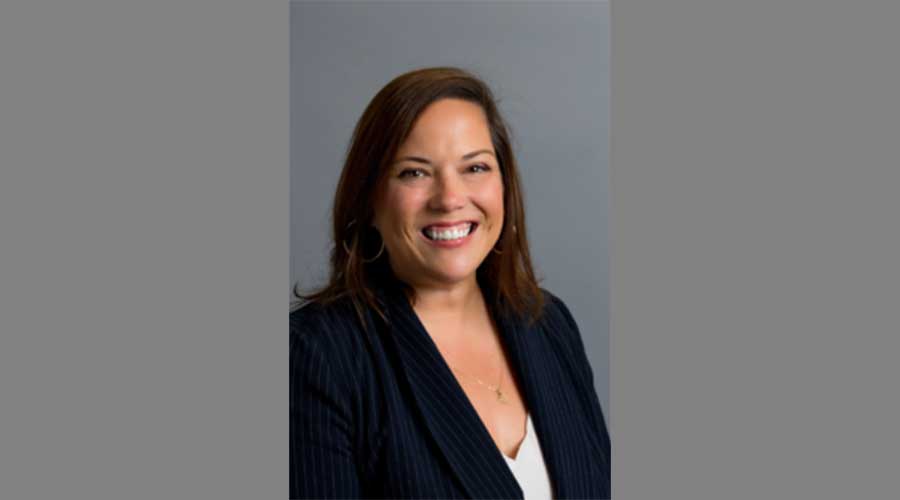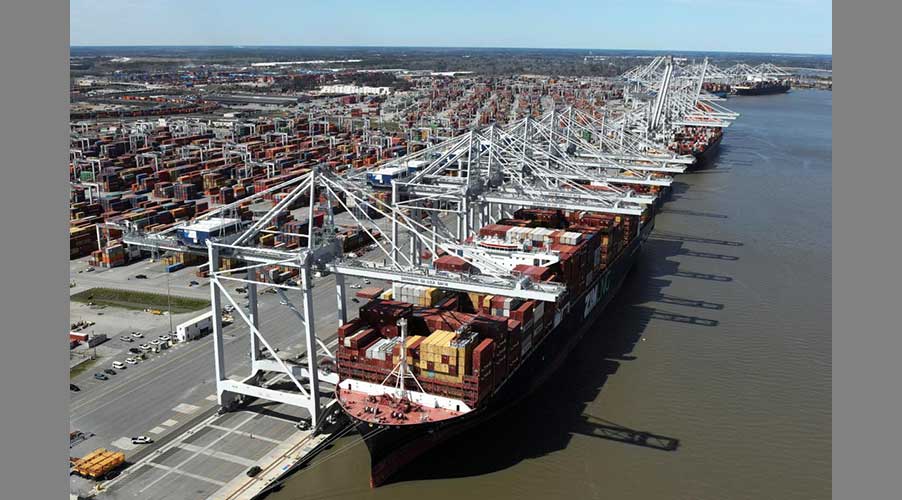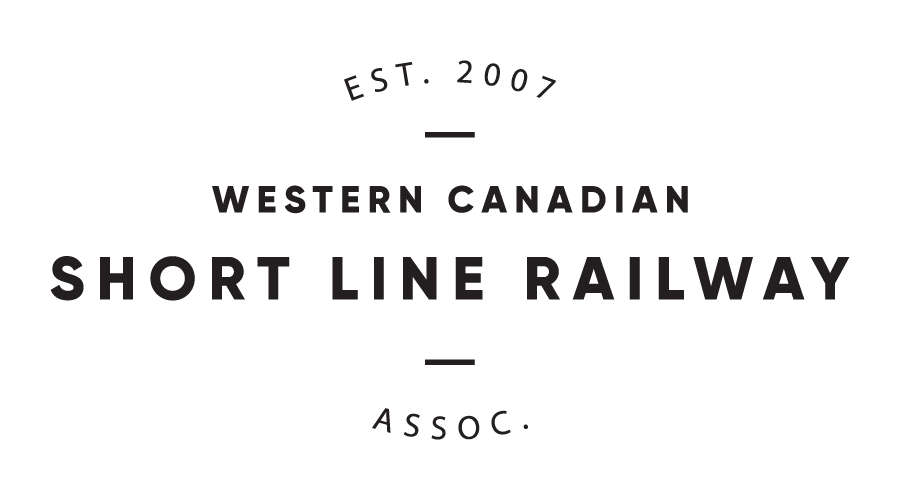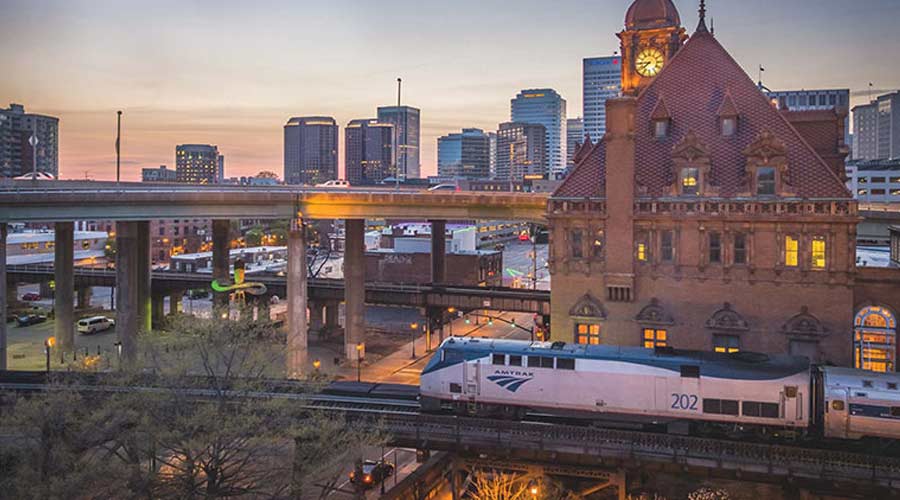Newsletter Sign Up
Stay updated on news, articles and information for the rail industry
Stay updated on news, articles and information for the rail industry
RAIL EMPLOYMENT & NOTICES
Rail News Home
High-Speed Rail
Rail News: High-Speed Rail
4/12/2010
Rail News: High-Speed Rail
Urban planner talks high-speed rail
advertisement
This morning, Leslie Pollock, a principal in Chicago-based planning firm Camiros Ltd., held a teleconference to discuss the challenges and issues facing cities that will be located along future high-speed rail corridors. Pollock spoke during a high-speed rail session yesterday during the American Planning Association’s 2010 National Planning Conference being held this week in New Orleans.
Camiros is an urban planning firm that provides a range of services, including city and community planning, economic development planning, transportation land use analysis and transit-oriented development.
Pollock discussed proposed high-speed rail systems in California, Florida and the Midwest, focusing mostly on the Chicago-to-St. Louis corridor. From a planners’ perspective, the following strategies need to be considered:
• Focus on building “valuable” demonstration systems.
• Minimize stops along the line.
• Separate passenger traffic from freight; advocate for new infrastructure and exclusive double-track systems.
• Reinforce existing transportation modes.
• Advocate for a system that starts to build a second tier of rail service so we can connect to places throughout the region.
To support those strategies, Pollock made the following comments:
• “Mixing high-speed rail with freight is a very significant issue because as soon as you begin to do this, it starts to slow down the traveling times and creates inefficiencies. Indeed, one of the problems underlying Amtrak for years is that it has to operate at the pleasure of the freight lines.”
• “As we look to the Midwest … there are few major cities that are of the size to generate a lot of high-speed rail traffic and in close enough proximity to give us that two- to four-hour competitive travel range.”
• “There’s some discussion about high-speed rail and transit-oriented development. But high-speed rail is not rapid transit; it should connect city centers on a limited schedule and with limited traffic. It brings people to cities rather than moving people around in cities like transit does.”
• “As we plan high-speed rail, it becomes very important that we look at stops to be located within major central areas, where major economic centers are already located.”
• “Cities that already have a high-speed rail stop committed need to look at where the best place is for that stop, how to organize it, how to relate to the existing transportation infrastructure and build additional rail transportation that could link to it. Cities looking to have high-speed rail stops need to make plans to accommodate them, and that means reserving rights of way so when we build new trackage, that right of way is available so we can have the impact we desire. They also need to have a clear development policy in the plans for high-speed rail.”
— Angela Cotey
Camiros is an urban planning firm that provides a range of services, including city and community planning, economic development planning, transportation land use analysis and transit-oriented development.
Pollock discussed proposed high-speed rail systems in California, Florida and the Midwest, focusing mostly on the Chicago-to-St. Louis corridor. From a planners’ perspective, the following strategies need to be considered:
• Focus on building “valuable” demonstration systems.
• Minimize stops along the line.
• Separate passenger traffic from freight; advocate for new infrastructure and exclusive double-track systems.
• Reinforce existing transportation modes.
• Advocate for a system that starts to build a second tier of rail service so we can connect to places throughout the region.
To support those strategies, Pollock made the following comments:
• “Mixing high-speed rail with freight is a very significant issue because as soon as you begin to do this, it starts to slow down the traveling times and creates inefficiencies. Indeed, one of the problems underlying Amtrak for years is that it has to operate at the pleasure of the freight lines.”
• “As we look to the Midwest … there are few major cities that are of the size to generate a lot of high-speed rail traffic and in close enough proximity to give us that two- to four-hour competitive travel range.”
• “There’s some discussion about high-speed rail and transit-oriented development. But high-speed rail is not rapid transit; it should connect city centers on a limited schedule and with limited traffic. It brings people to cities rather than moving people around in cities like transit does.”
• “As we plan high-speed rail, it becomes very important that we look at stops to be located within major central areas, where major economic centers are already located.”
• “Cities that already have a high-speed rail stop committed need to look at where the best place is for that stop, how to organize it, how to relate to the existing transportation infrastructure and build additional rail transportation that could link to it. Cities looking to have high-speed rail stops need to make plans to accommodate them, and that means reserving rights of way so when we build new trackage, that right of way is available so we can have the impact we desire. They also need to have a clear development policy in the plans for high-speed rail.”
— Angela Cotey


 LRW Honors Amtrak’s Acheson As Railway Woman Of The Year
LRW Honors Amtrak’s Acheson As Railway Woman Of The Year
 From Editor-In-Chief Foran: Of Gender Equity And Inclusion
From Editor-In-Chief Foran: Of Gender Equity And Inclusion
 Spotlight On Some Of Today’s Rail Safety Products
Spotlight On Some Of Today’s Rail Safety Products
 Women of Influence in Rail eBook
Women of Influence in Rail eBook
 railPrime
railPrime







